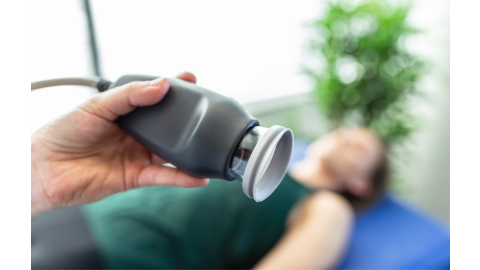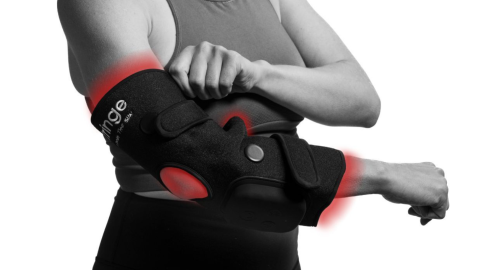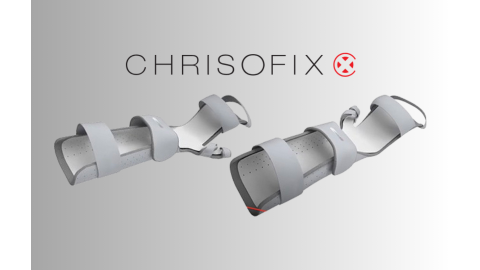We navigate our world through locomotion, however we manipulate our world through the use of our hands. Mary Reilly’s often quoted statement in 1962 at the Eleanor Clarke Slagle lecture “Man, through the use of his hands, as they are energized by mind and will can influence the state of his own health.”, has become more than prophetic. We have in general 27 bones, 18 muscles, 22, joints, and 25 tendons in our hands. This is not including ligaments, sensory/mechanoreceptors, blood vessels, nerves, and our integument system! The balance, design, and functionality of our hands to engage our surroundings in our daily lives is nothing short of miraculous. Enhancing, strengthening, and caring for our hands has significant health benefits throughout our lives.
The benefits of maintaining a healthy strong grip are many! There has not been a paucity of research to demonstrate the overall positive influence and importance of grip strength in overall health.8 Grip strength can also be an indicator of a decline in cardiovascular and cognitive health.1,7 Grip health has also been shown to be a biomarker for age related sarcopenia, fragility, and mortality.3 Participation in leisure activities in our aging population that require strong grip such as pickleball, powerlifting/crossfit, and golf to name a few has significantly increased over the years. As clinicians, the need to help those we serve improve their grip performance has never been more important.

Training a strong efficient functional grip requires an effective biomechanical approach in understanding how our intrinsic and extrinsic muscles of the distal upper extremity play a role in force production. The ulnar side of the hand is important for power grasp.4 It should also be noted that load distribution varies during various functional grasp patterns so the need to train both cylindrical and spherical grasp is essential.5 There is a common belief that smaller muscles in the hand fatigue more quickly than larger muscles however this is not always the case. There is a balance in grip between stability, force production and grip endurance. This is based on many factors such as functionality of the motor unit (tonic vs phasic), cross section of the muscle belly, type I vs type II muscle make up, excursion, moment arm, and the intrinsic muscles of the hand require this consideration.2 Understanding the importance of wrist position and extrinsic motor units of the distal upper extremity should not be overlooked in grip force production.6

In the clinic there are many ways to challenge and promote grip force production and grip endurance. Some of these ways may include but are not limited to the use of grippers, elastic bands, dumbbells, and various therapeutic functional activities. One effective, reliable staple tool in our clinical toolboxes has been resistive therapy putty. Putty resistance training for grip allows the clinician to focus on intrinsic, extrinsic, and functional activity simulation for a variety of situations. Resistance putty allows for carryover from clinic to home with a simple focused home exercise program based on the individual need of the client. Upon obtaining objective grip/pinch measurements the clinician can prescribe, and individualized resistance putty program based on those measures through various putty resistance levels. Resistance putty integral tool in the hand therapy clinic. More research is need in quantifying putty resistance for a more focused treatment plan. A basic understanding of training variables (i.e.. isotonic vs isometric contraction, volume, intensity, repetitions, sets, rest periods…) is needed to formulate an effective program for even the smallest of muscles.

Resistance putty plays an essential role in our clinical practice. There are a myriad of creative therapeutic resistive putty exercises that will fit the need for your client. Resistance putty benefits include low cost, carryover from clinic to home exercise program, utilization in both therapeutic exercise, activity, neuromuscular reeducation, and its just plain fun! Rediscover it and give it a try in some new creative ways.
Medical Disclaimer: The information provided on the site, including text, graphics, images, and other materials are for informational purposes only and are not intended to substitute for professional medical advice, diagnosis, or treatment. Always seek the advice of your physician or other healthcare professional with any questions or concerns you may have regarding your condition.








 France
France Australia
Australia






